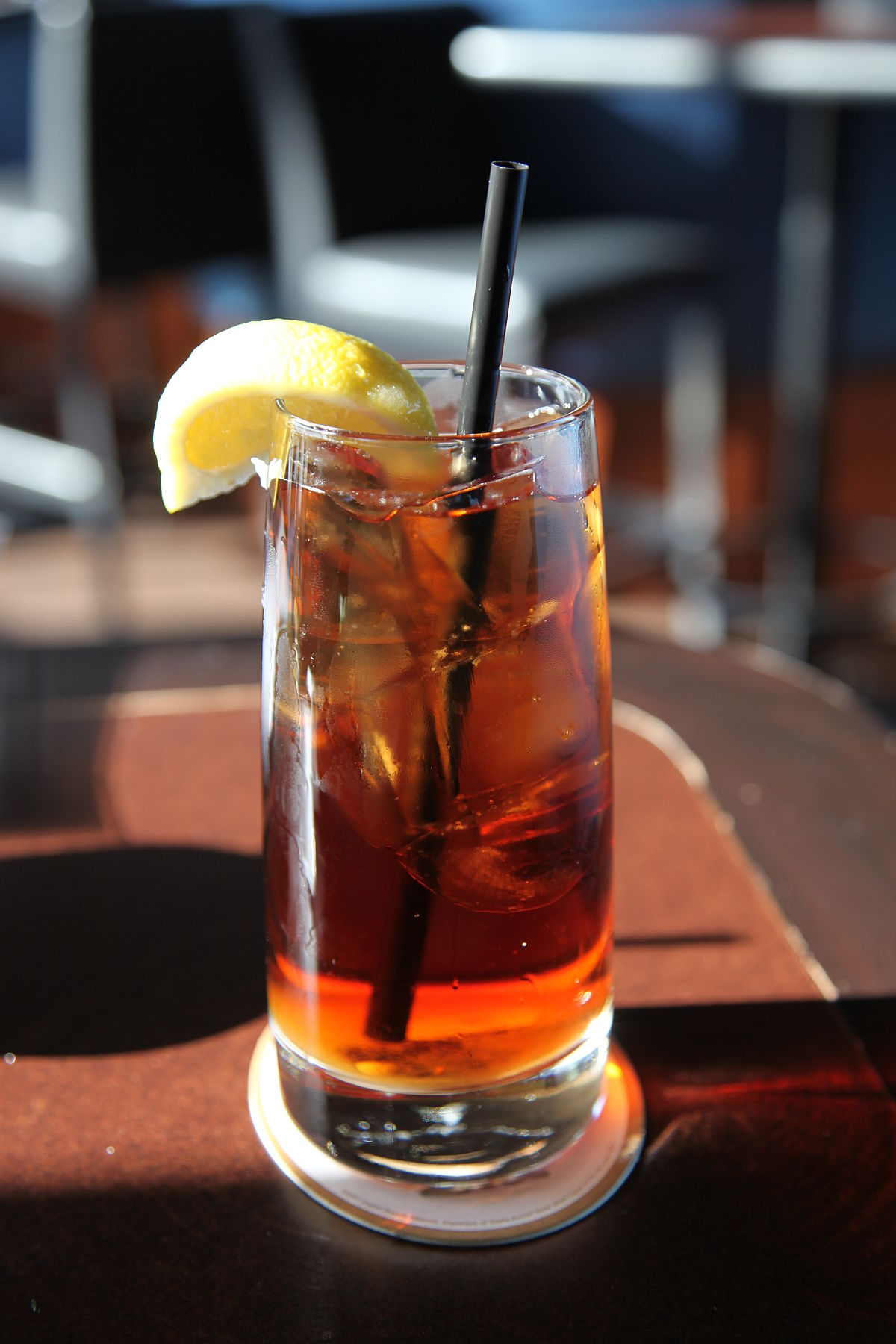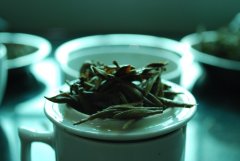Iced black tea has floc in it. What is it? Ice black tea drink much what effect to have to the body?
Your tea is as good as your water. Maybe you are a consumer who wants to enjoy the subtle taste of Japanese matcha or Yunnan Pu'er tea. Or you are a coffee shop owner who wants to increase profits (tea is usually the most profitable of all menu items). No matter who you are, if you want your tea to have the best taste, aroma and clarity, you need to pay attention to the purity, hardness, temperature and so on. Ideal brewing I remember bringing one of my blended teas to Los Angeles to serve a customer, but when I tasted it, I was scared: the tea in the cup had nothing special at all. This question? You guessed it: water. Being drinkable doesn't mean it's delicious. Fortunately, once you know what you are dealing with, there are many ways to solve the problem. Since I was in Los Angeles, I always put a water test strip in my bag when I was traveling. The test water gave me a baseline for my work. Here are some criteria you can use to judge water quality: PH: neutral (between 6 and 8); brewed tea is slightly more acidic and has a pH value of 4.5-6. Hardness: 1-4 tablets is ideal. Hard water can restrain the taste of tea, and iced tea is turbid. Total dissolved solids (TDS): 50-150 ppm chlorine: 0 hard water and turbid tea, hardness is indeed a problem for tea. Try a brewing bar in San Antonio or Minneapolis, where the water is so hard and high in calcium and magnesium that there is not enough room for leaves to soak. This is a special problem with iced tea. It should always be transparent in the cup. According to the American Tea Association (the tea Association of the USA), about 80 per cent of tea in the US is chilled. However, when the hardness of the water exceeds seven, the iced tea becomes turbid. After testing the water at multiple locations, I was able to use the water softener and adjust the filtration system goals. The brand has also invested in reverse osmosis technology in some places, removing most of the pollutants, but also needs a follow-up system to reintroduce some of the needed minerals to improve the taste. Fortunately, the hardness of water cannot reach 24. However, you should still pay attention to this detail, and if you have hard water, invest in softening systems and filters. What else can you do with hard water? Well, in my experience, Chinese and Vietnamese teas are not as muddy as other teas with more tannins. If you don't have a filtration system (or it's broken), try to choose a Yunnan black tea. It tastes good and will not be obscured or drowned by clouds. Remember, this is just a stopgap measure. The hardness of the water can mask some subtle tastes of tea, especially oolong or green tea. Another tip: cold brewing can help you avoid muddy tea. 2 cups of tea per gallon of water (average), soak in the refrigerator for 8-16 hours. This brings theanine levels (L-γ-glutamine and n5-ethyl-glutamine) and delicacy (delicious taste). Substandard water will reduce the taste, but it's not just the hardness you need to worry about. Water may be contaminated by chlorine, metals, pH values, etc. Even the season can affect this because water treatment plants change their formulations in cold months. These factors all affect the taste, smell and soaking process. Unfortunately, if the water contains pollutants from reservoirs or local plants, even the best tea tastes like dirt. Carbon filters are a good way to remove volatile organic compounds, flagellates, chlorine and anything that may reduce good taste. I suggest going to other restaurants nearby to see what system they are using. Try the water, then ask people around you and learn from local experienced hotel professionals: hotel and restaurant managers, cafe employees, etc. Of course, it's no use tasting your tea if you don't know what you should experience in the cup. Here are some basic guidelines. Keep in mind that this is a very general list because there are thousands of tea varieties.) White tea: cucumber, honeysuckle and general delicate green tea: grass tea, butter tea, edamame tea, pea tea, mung bean tea, plant tea emerald oolong tea: orchid, spinach, gardenia, kale, butter, melon amber oolong tea: smooth taste, with honey, apricot, wood, nuts, peach and rose aromas of Darjeeling: fresh, with the flavor of grape, citrus and musk Ceylon: Wood, fruit Menthol, raisins, crisp, malt, citrus Assam: strong aromas of wine, cereal, wood, caramel, wheat, barley, honey and malt

Bitter tea is hard to swallow. Here's a tip: if your tea tastes bitter, don't rush to blame the water. The problem may be the use of shoddy tea or soaking too hot or for too long. Target temperature and brewing time: White tea: 76 °C / 169 °F, soak 1-2 min green tea: 76-82 °C / 169-180 °F, soak 1-3 min oolong tea: 90 °C ramp 194 °F, soak 2-3 min black tea: 97-100 °C / 207-212 °F, soak 3-5 minutes to know your water is as important as knowing your tea. Buy water test tools and test strips. Check your local water hardness level (here are maps of the United States and the United Kingdom). If necessary, study filtering techniques. Don't let the poor water prevent you and your customers from enjoying a special kind of tea.
Important Notice :
前街咖啡 FrontStreet Coffee has moved to new addredd:
FrontStreet Coffee Address: 315,Donghua East Road,GuangZhou
Tel:020 38364473
- Prev

What's the difference between organic tea and ordinary tea? What is the standard of organic tea? Where can I buy it?
In order for EUOrganicCertification to obtain a green EU logo and mentioned organic, your product must be certified by a certification body approved by a competent authority, such as Ecocert, to prove its compliance with EU organic regulations. 100% of food used and processed
- Next

How to write the tea evaluation? The correct brewing method of black tea cup and the diagram of the whole process
Drinking special tea is an adventure in taste, origin, aroma and so on. The best way to understand the complexity of high-quality tea is through cupping. Whether you are a caf boss who wants to improve the menu or a tea lover who wants to know more about your favorite drink, learn how to make a cup.
Related
- What is the standard process for the purpose of coffee cup testing? What is the difference between hand-brewed coffee and cup testing?
- How to use hand-brewed coffee paragon small golden balls? How does cold coffee lock in the aroma of coffee?
- Is American coffee black? What is the difference between American coffee and drip coffee?
- Unexpected! Well-known tea beverage brand Lele Tea will withdraw from the Zhengzhou market!
- Starbucks enters the fashion and beauty industry?! Netizen: Give me an ice American eye cream
- Why can American refills for free? The difference between Americano and American drip pot coffee
- Being chased out of the rain in front of Starbucks?! Store: Sheltering from rain under umbrellas poses a safety hazard
- The white moonlight has changed?! Lucky launches "Big Winter Pear American"
- Hand-brewed coffee three-stage method, high-sweet and universal brewing method to share! What does the high sweet water level of hand-brewed coffee mean?
- What is the difference between raw, refined and full espresso coffee? How to extract espresso and taste good?

